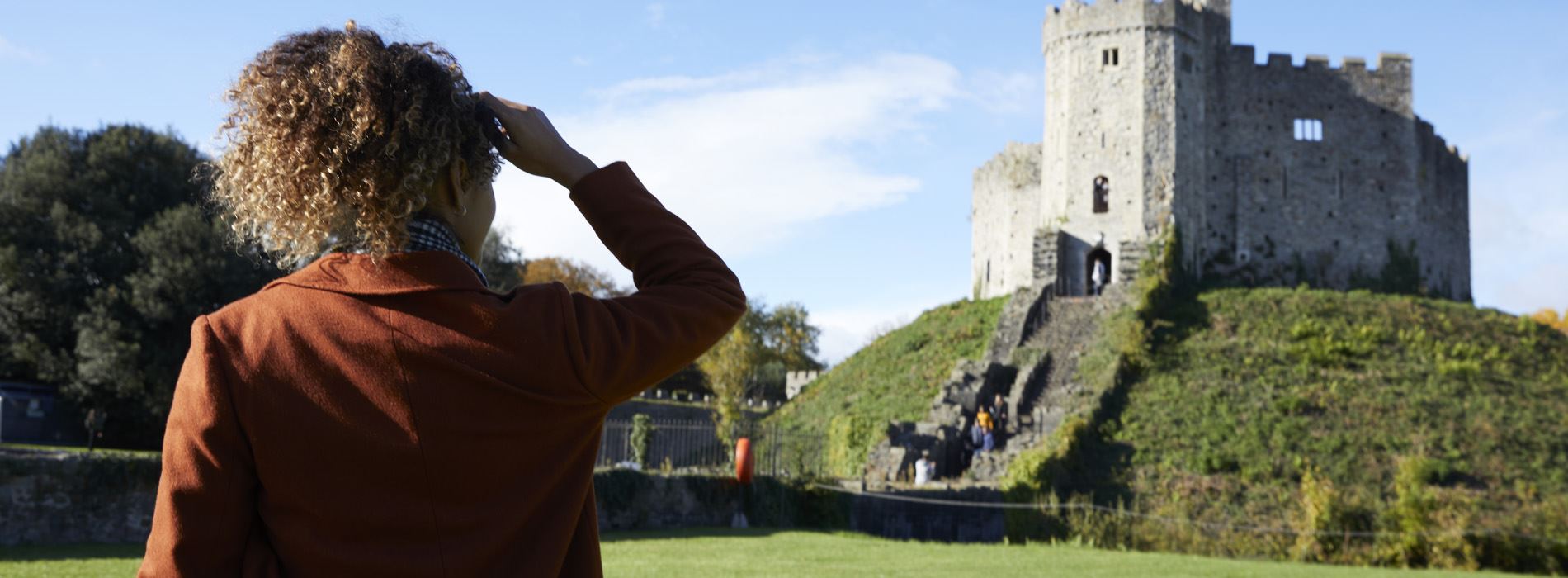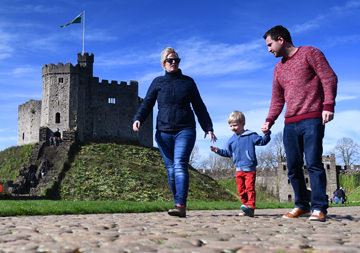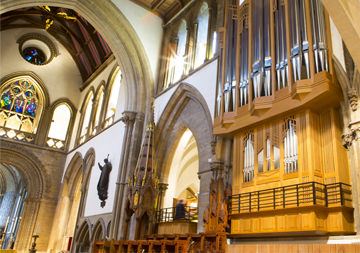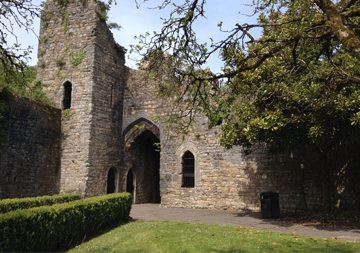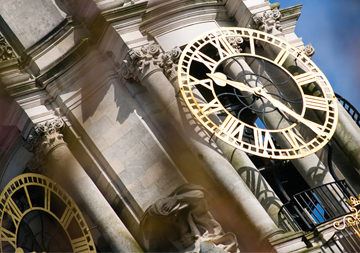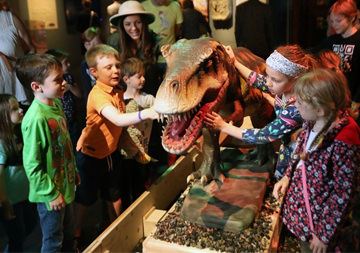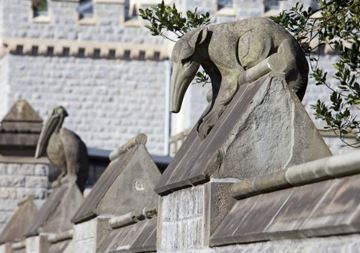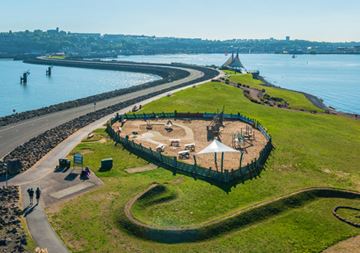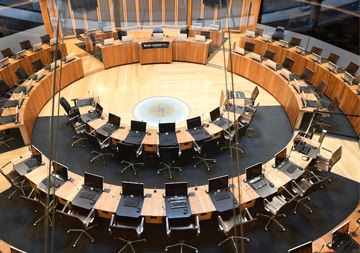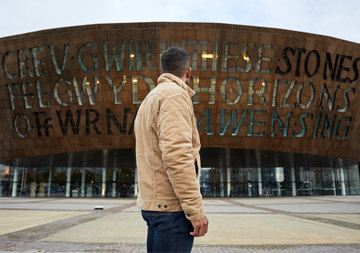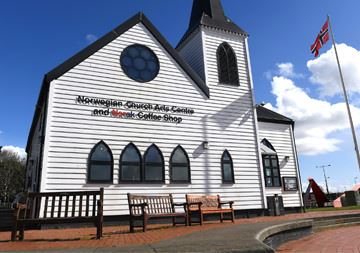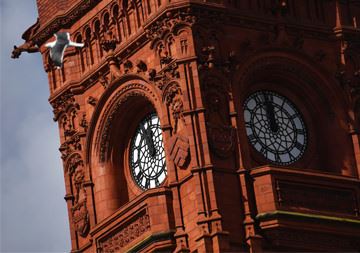What are you looking for?
CARDIFF’S FAMOUS LANDMARKS
The Cardiff area has many famous landmarks from its long and varied history, a testament to many different periods of occupation over the centuries. If you take into account Caerau hillfort, on the western fringes of the city, then you can even venture as far back as the Neolithic period. However, the story of the city as we know it today begins with the Romans, who built a fort here around AD 55. The remains and reconstruction of a later Roman fort are now incorporated into Cardiff Castle, a Norman stronghold possibly founded by William the Conqueror himself. Religious power in the medieval period was centred on the bishop’s seat at Llandaff Cathedral. The bishops were both powerful and wealthy, they built their own fortified Bishop’s Palace near to the cathedral.
It wasn’t until the industrial revolution that Cardiff became a major, modern metropolis. John Crichton-Stuart, 2nd Marquess of Bute developed the docks, exporting Welsh coal to the world, and transforming the town. The 3rd Marquess of Bute also spent a fortune recreating the Castle as a Victorian Gothic fantasy palace, including the addition of the famous Animal Wall. Cardiff’s newfound confidence was demonstrated by the commissioning of a grand new civic centre on Cathays Park, ultimately including Cardiff City Hall and the National Museum of Wales. Cardiff was granted city status by King Edward VII in October 1905 and was officially recognised as the capital of Wales 50 years later.
In more recent times, following the decline of the coal industry, Cardiff has had to find a new identity. During the 1990s the old docks were redeveloped by the construction of Cardiff Bay Barrage, creating a 500 acre freshwater lake and a stunning new waterfront location.
Cardiff Bay is now home to new institutions that showcase Cardiff to the world, foremost among these is the Senedd building which houses the Welsh Parliament. You will also find world class entertainment at the Wales Millennium Centre, home of the Welsh National Opera, and at Roald Dahl Plass, a large amphitheatre style plaza that plays host to open-air festivals.
These modern icons stand proudly alongside survivors from Cardiff’s industrial heyday, such as the Norwegian Church and Pierhead Building. The landscape binds the city’s past and future together, as Cardiff looks forward to a new era of success and prosperity.


